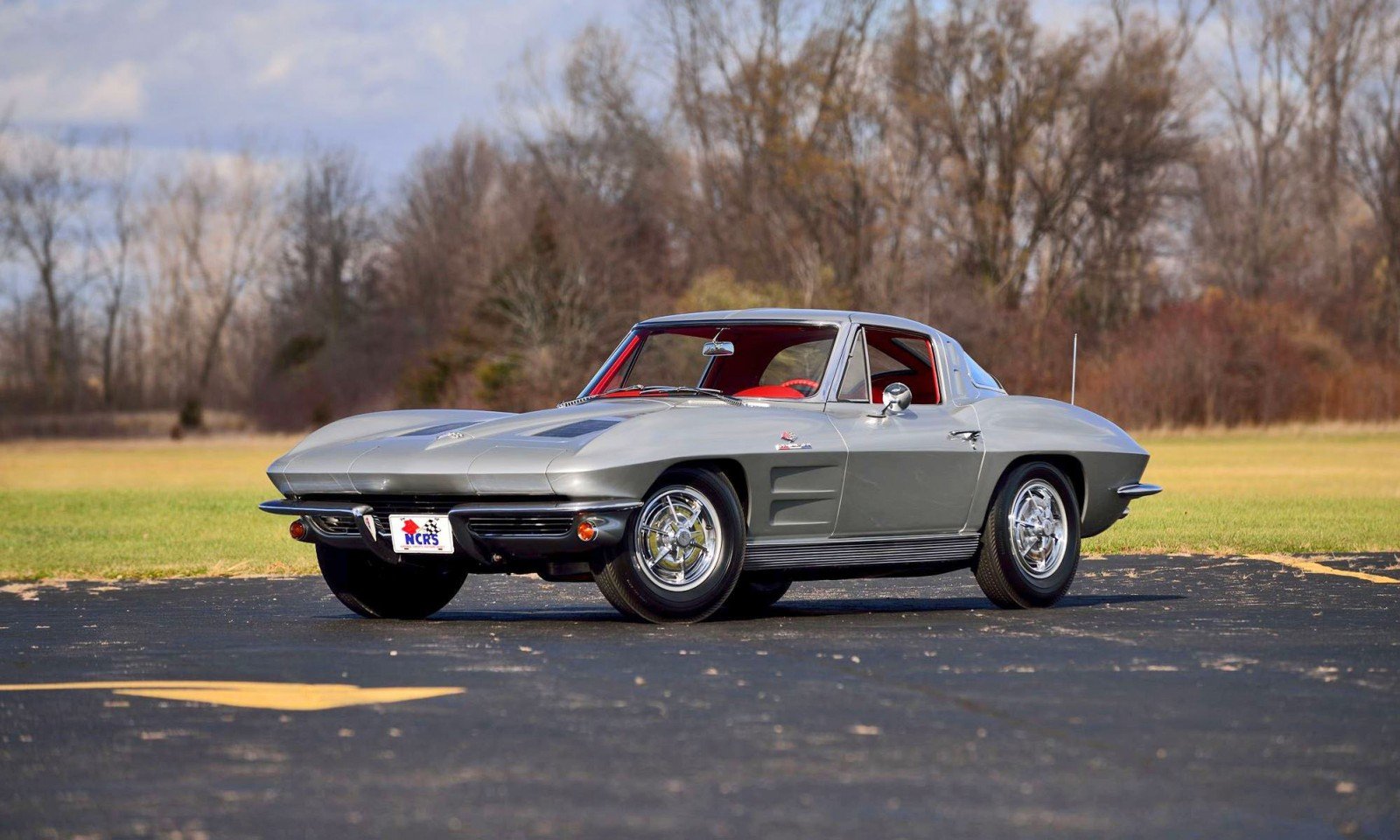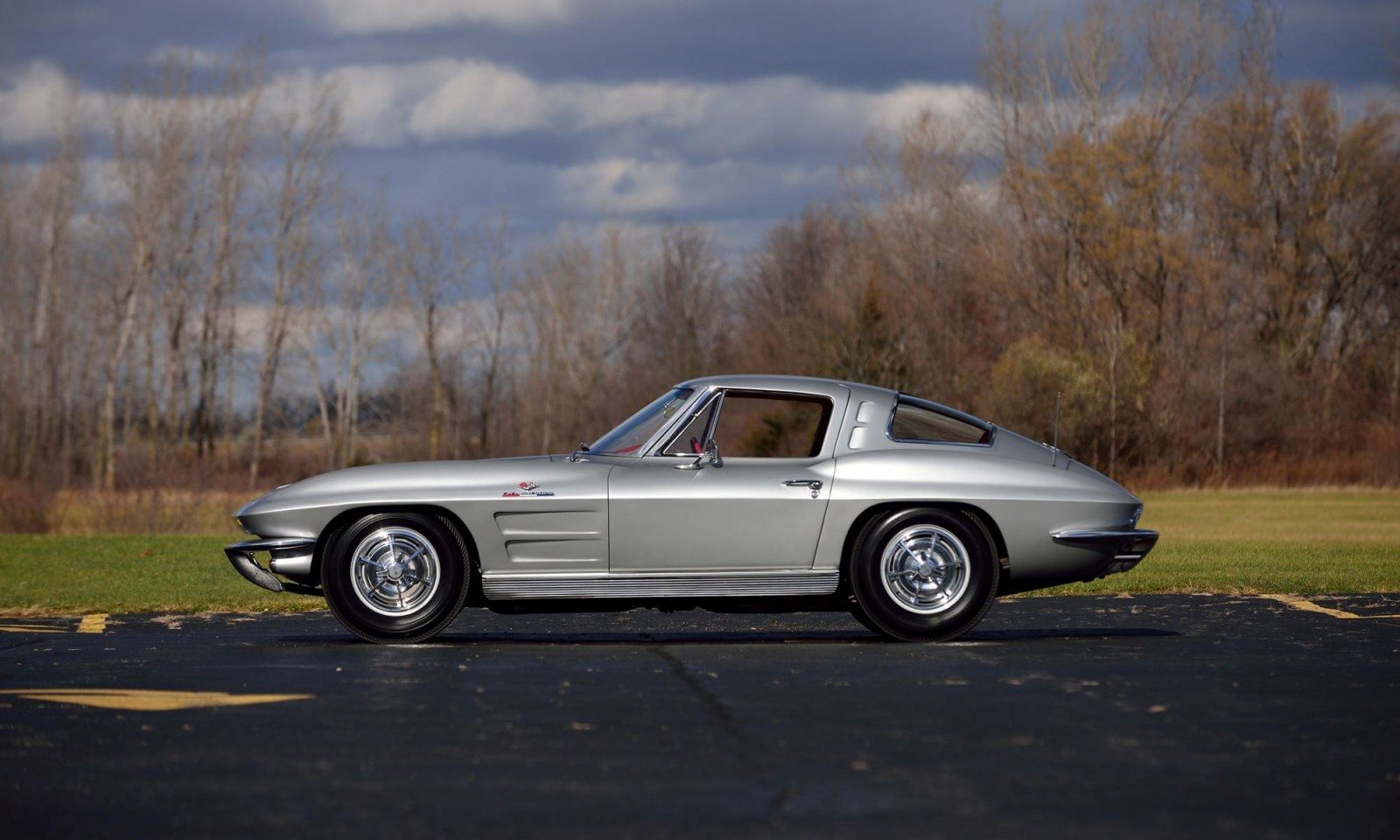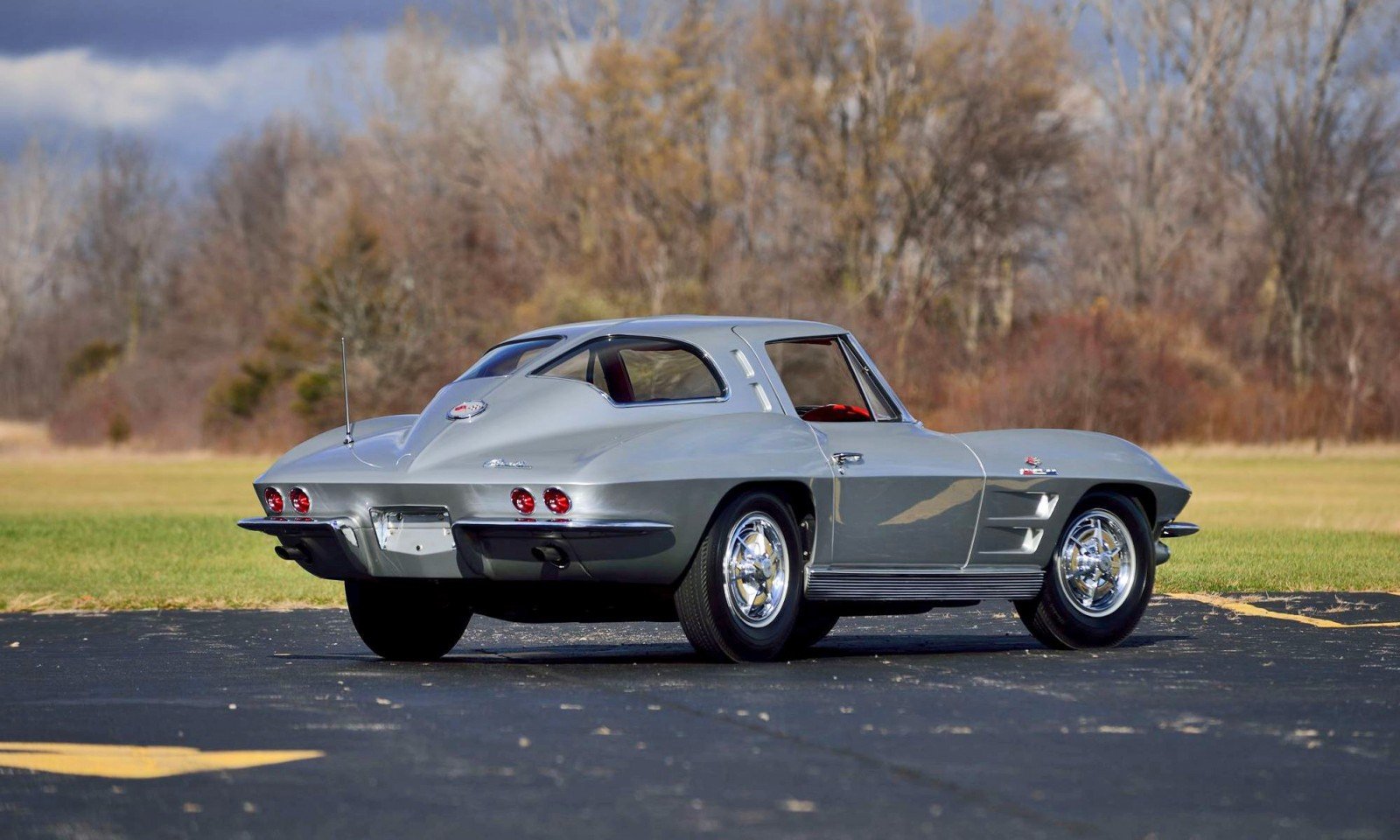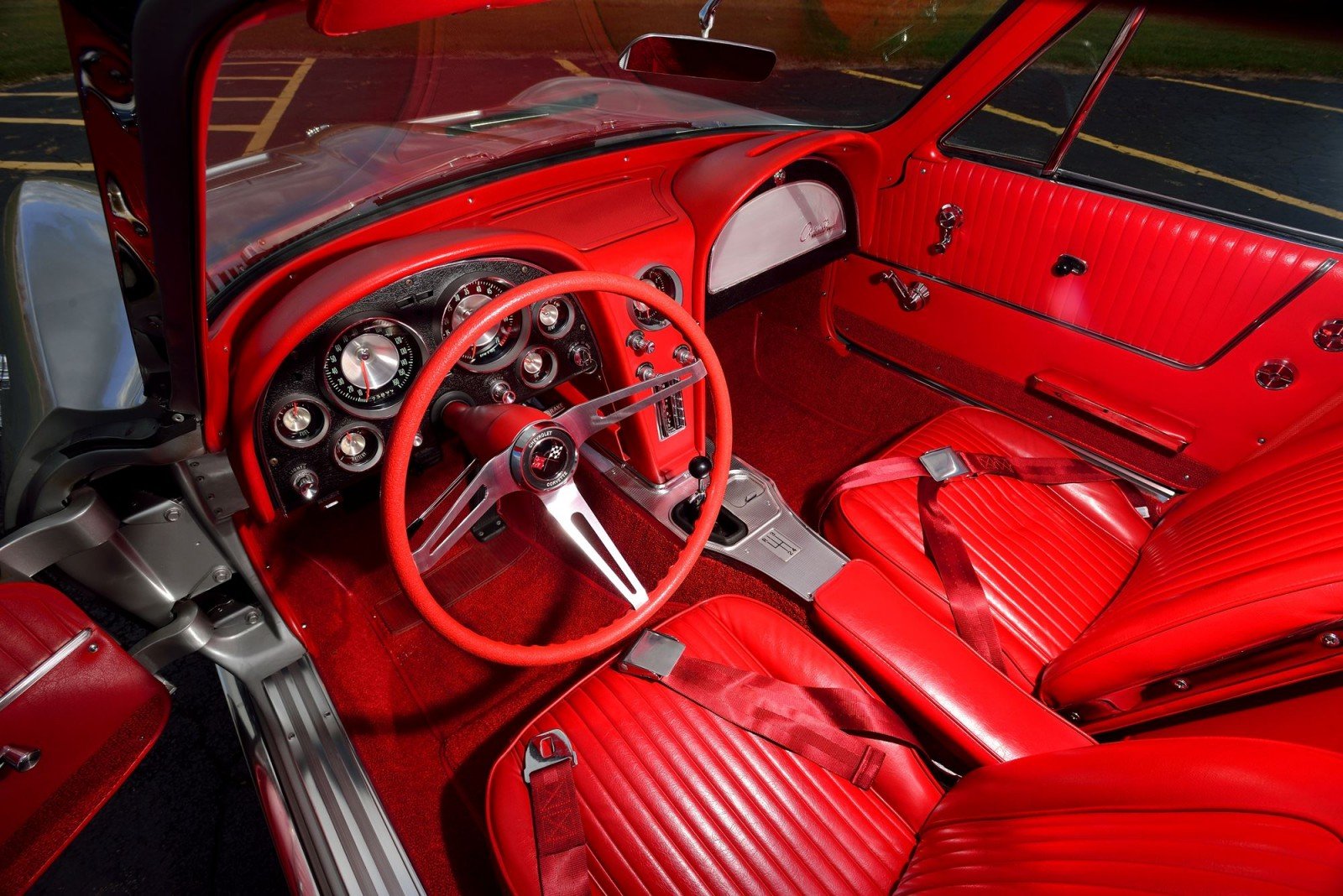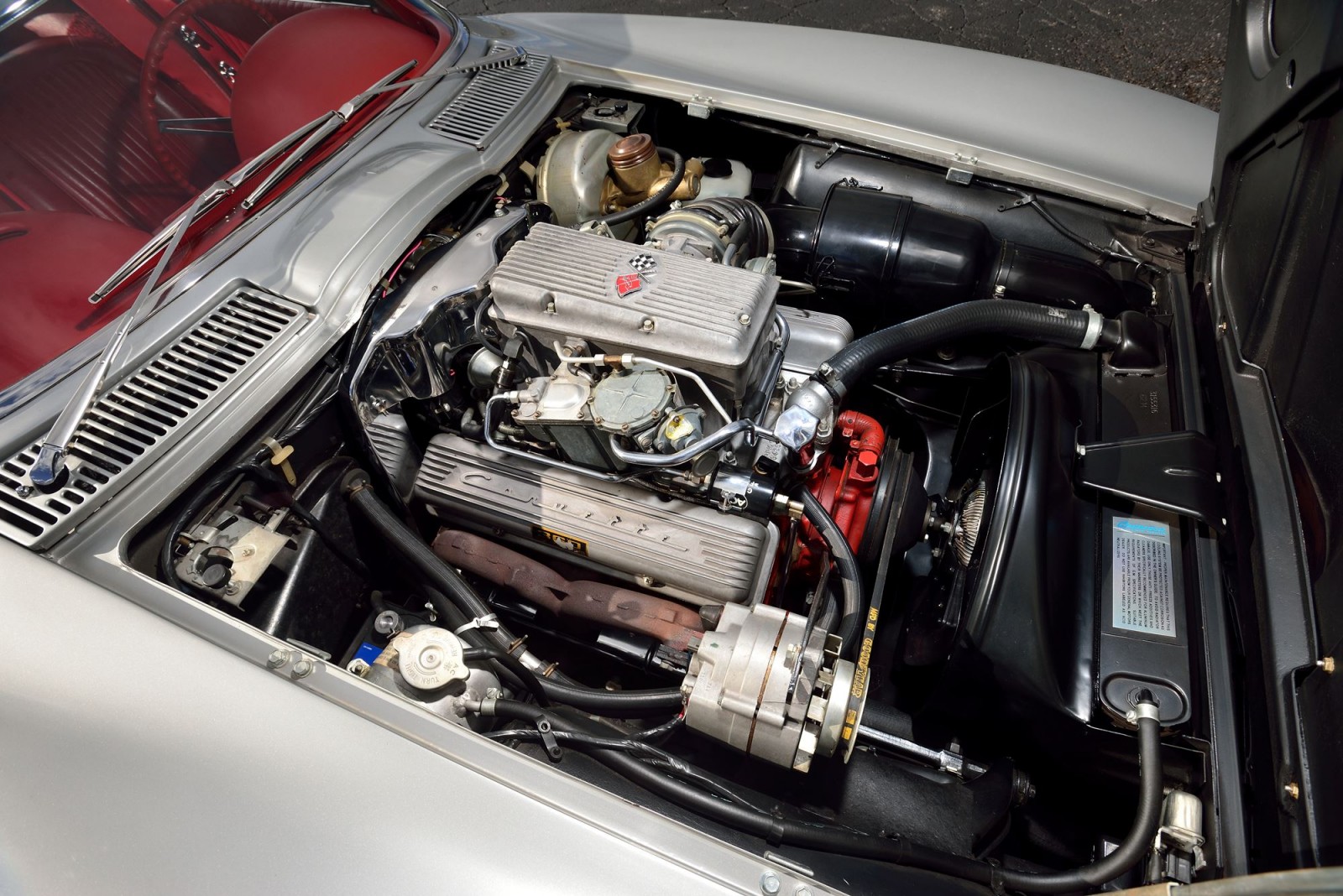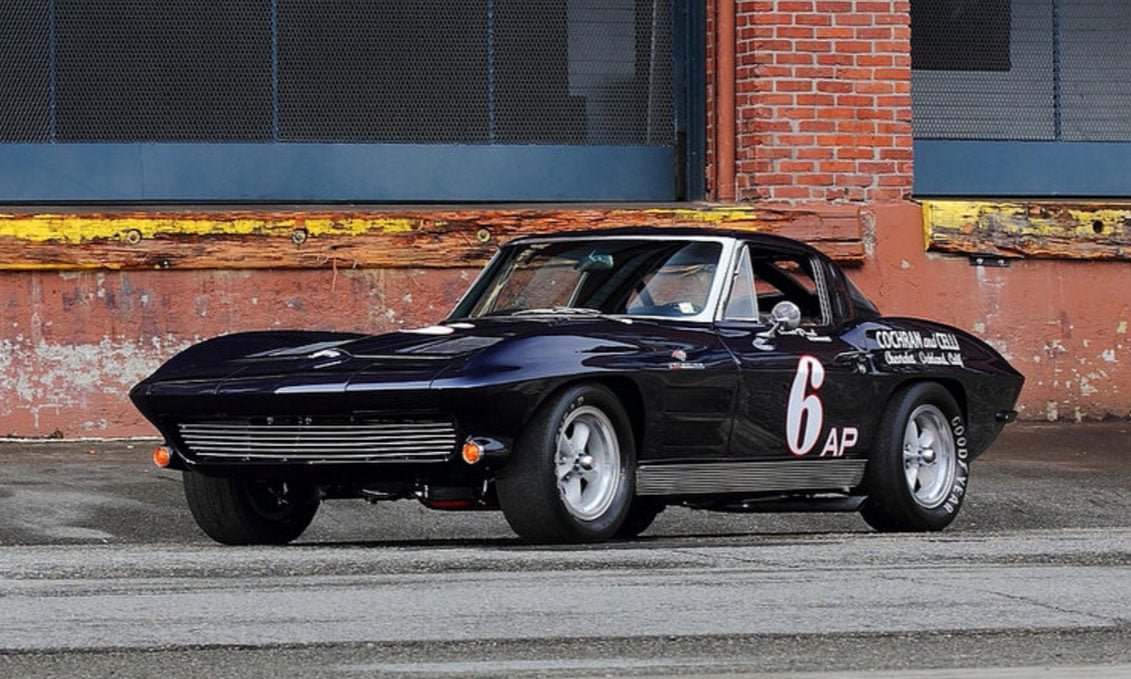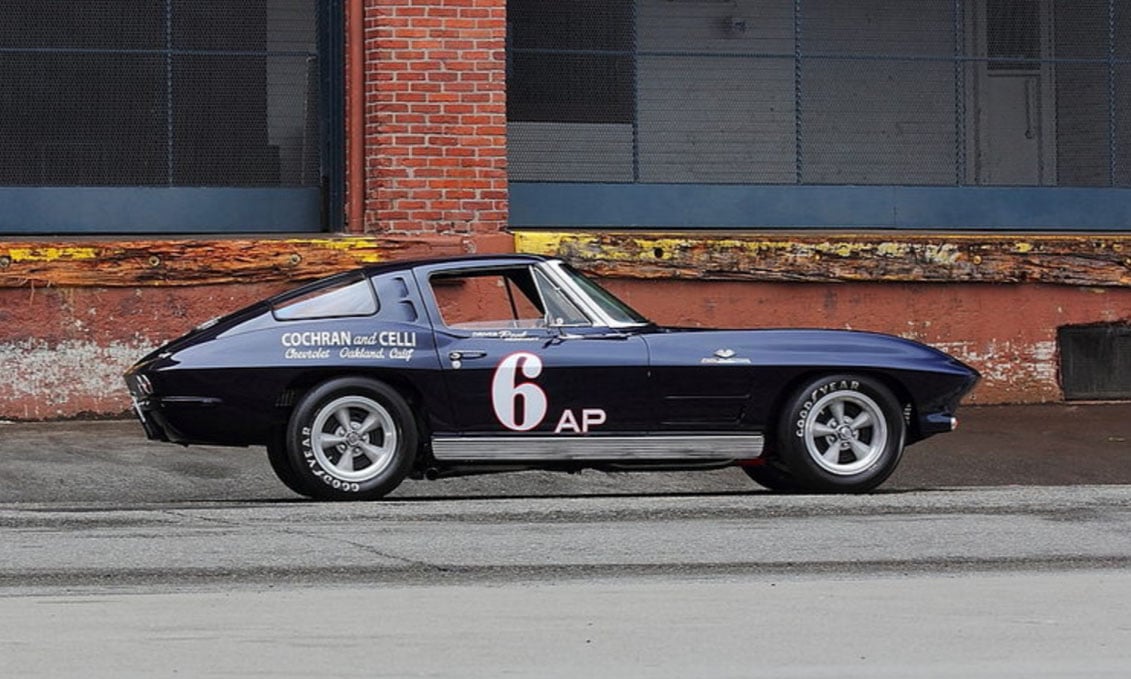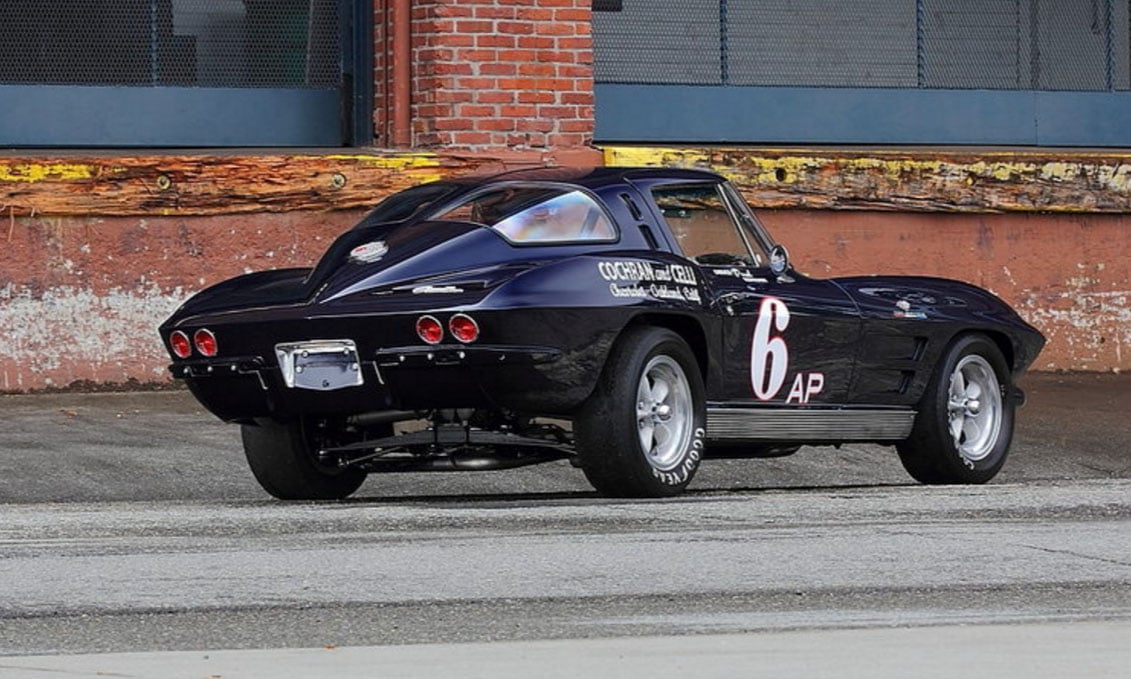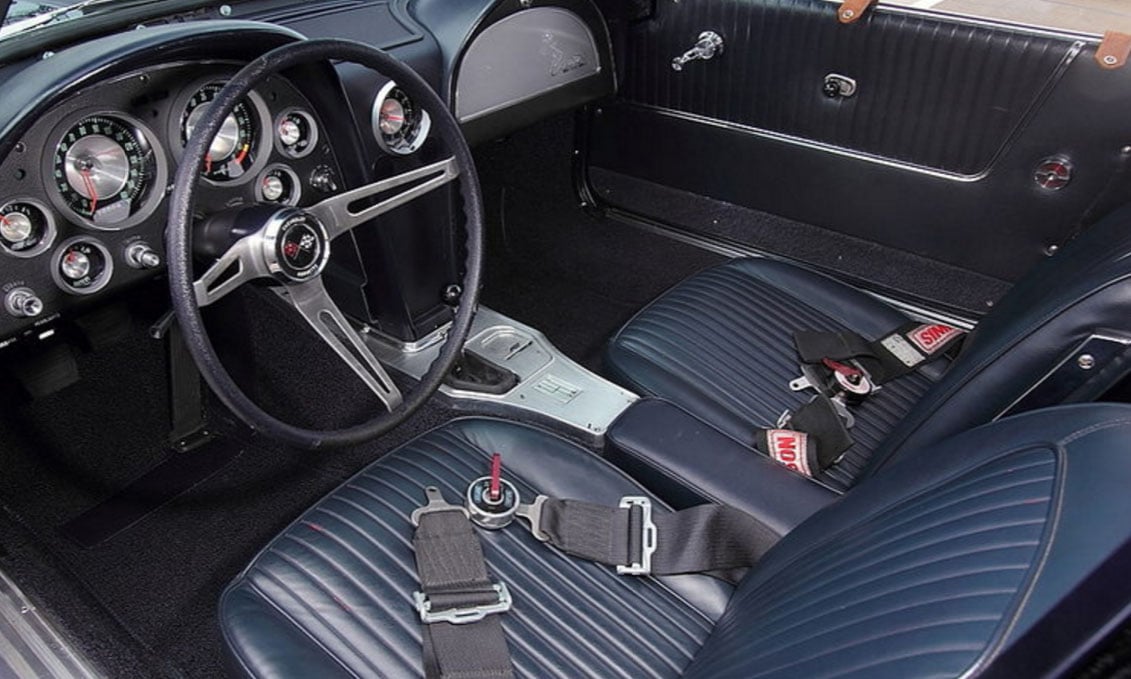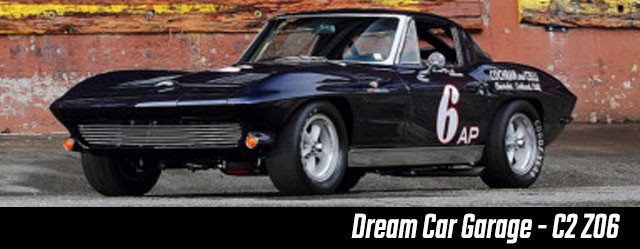 In recent years Chevrolet has done some tweaking to the roles that different models play within the Corvette family. In terms of the seventh generation car, the Z06 now stands as the flagship model, matching a supercharged, 650 horsepower 6.2-liter V8 to a choice of either a seven-speed manual gearbox or an eight-speed paddle-shifted automatic, and bringing a host of both performance and luxury enhancements along for the ride.
In recent years Chevrolet has done some tweaking to the roles that different models play within the Corvette family. In terms of the seventh generation car, the Z06 now stands as the flagship model, matching a supercharged, 650 horsepower 6.2-liter V8 to a choice of either a seven-speed manual gearbox or an eight-speed paddle-shifted automatic, and bringing a host of both performance and luxury enhancements along for the ride.
But the mission of being all things to all drivers is a role fraught with inherent compromises, and in turn the Z06 has received some criticism for perhaps straying too far from its original intention. If you’ve had the good fortune of piloting a C7 Z06 that can be a difficult gripe to wrap your head around, as its engaging performance is enough to keep just about any enthusiast’s heart rate up.

GM’s chief designer and the man who was instrumental in transforming the Corvette into a world-class sports car during the 1950s, Zora Arkus-Duntov, poses with the 1963 Chevrolet Corvette Z06. Although the cost of the Z06 package would put the price tag of the Corvette well above relative exotics like the Jaguar E-Type, its capability on the road course would make the car a performance legend. Image: GM
Yet the origins of the Z06 moniker tell a slightly different story, one of an engineer singularly focused on taking on the motorsport world at large (and Carroll Shelby’s new Cobra in the process) with a Corvette that was purpose-built to attack racetracks with vigor.
Origin Of The Species
In the early 1960s, American public interest in motorsport was really starting to pick up steam, as post-war hot rodding had captured the hearts and minds of enthusiasts looking to go fast and adage of “Win on Sunday, sell on Monday” was becoming a reality that automakers were beginning to take notice of.
Although the Z06 didn't stray far from the standard Stingray aesthetically, there were a few obvious visual cues. The finned cast aluminum knock-off wheels were initially exclusive to the Z06 and then later added as regular production options. The original Z06 earned its Tanker nickname from the 36.5-gallon fuel tank it was originally equipped with, which cut down on the need for pit stops during lengthy endurance races. Chevrolet would make the standard 20-gallon tank optional, which allowed them to offer the Z06 in drop-top form as well. Images: Mecum
But the world of international motorsport was still reeling from the tragedy at the 1955 running of the 24 Hours of Le Mans, which saw debris from the crash of a Mercedes-Benz 300 SLR kill 83 spectators at the event. As a result, the Automobile Manufacturers Association – a trade group of automotive companies that operated in the United States – had placed a corporate-wide ban on factory-backed motorsport participation in 1957 with the notion that it would reduce the massive crowds that routinely showed up to watch the races.
For Zora Arkus-Duntov, the inspired chief engineer at General Motors at the time and the man credited as the “Father of the Corvette”, this presented a significant obstacle – but not an insurmountable one. Arkus-Duntov was invested in the Corvette as a performance icon, as he had spent a significant portion of the previous decade transforming the model from an eye-catching runabout into a legitimate sports car capable of taking on the world’s best, and much like today, many of the Corvette’s innovations were originally developed as part of the company’s motorsport efforts.
The C2 Z06 options package was available with one engine and transmission combination. Power came from the fuel injected 327-cube L84 V8, which boasted an output of 360 horsepower and 352 pound-feet of torque. The grunt was routed to the rear wheels by way of the venerable Muncie 4-speed manual gearbox. Images: Mecum
Determined to continue honing the Corvette’s performance prowess through motorsport, Arkus-Duntov discovered a loophole in the ban, which barred factory-backed programs but had no effect on private teams’ racing efforts. As a result, Arkus-Duntov moved forward with the development of a factory turn-key racer that customers could order directly from Chevrolet and enter into national events with very little modification.
Available as an options package on the then-new, second generation 1963 Stingray Corvette, the secret password that granted buyers access to the package was known as Regular Production Option (RPO) Z06, a set of motorsport-specific components that saw no promotion through GM advertising and instead required word of mouth for customers to even be aware of its existence.
The Z06 Package
As the Z06 was focused specifically on enhancing the sports car for road racing, suspension and brake upgrades represented the core of the package. A larger sway bar along with Z06-specific shocks and springs that were nearly twice as stiff as the ones installed the standard Stingray provided the Z06 with flat cornering, while extensive brake system upgrades included cooling ducts, finned drums and a dual-circuit master cylinder with a vacuum booster helped keep the Z06’s stopping capability consistent.

Along with the other brake system improvements, which included cooling ducts, finned drums and a dual-circuit master cylinder with a vacuum booster, the Z06 race cars also used cooling fans to enhance airflow. Images: Mecum
The sole power train combination available on the Z06 cars was comprised of the 327ci L84 V8 – which was fed by a Rochester mechanical fuel injection system and generated 360 horsepower and 352 lb-ft – that was paired to a Muncie M20 4-speed manual transmission, a combination capable of getting the Z06 Corvette to 60 mph from rest in just 5.9 seconds.
The C2 Z06 would also earn its “Tanker” nickname by way of its massive 36.5-gallon fuel tank that was equipped to the racer for endurance events like Sebring and Daytona.

Although the Z06 was delivered in street-drivable form, the core purpose of the package was to offer race teams a Corvette that could compete in SCCA events with very little modification from stock. Image: GM
Chevrolet would later make the large fuel tank an option for the Z06 that could be swapped out for a standard 20-gallon tank, a change which allowed the company to lower the package’s lofty $1800 price tag slightly (the Z06 Corvette’s total cost was over $6,700 in 1963, a fairly astronomical sum at the time), and also allowed Chevrolet to offer the Z06 in convertible form.
Arkus-Duntov Shows Up Shelby
In October of 1962, a legendary rivalry would be born when a group of Corvette Z06s made the trek from the St. Louis, Missouri, factory to the Riverside Raceway in California to compete in the Los Angeles Times Three-Hour Invitational Race. Having just rolled out of the factory, the Z06s motors were essentially broken in during the cross-country drive to LA.
The race would turn out to be a motorsport baptism for both the Corvette Z06 and Carroll Shelby’s Ford-powered Cobra roadster, as Shelby unexpectedly announced that he had chosen the event as the Cobra’s racing debut. In an interview years later, Arkus-Duntov recalled that “We would be the very top dog, better than Ferrari in this type of competition. But the calculation was made without Carroll Shelby!”

The Los Angeles Times Three-Hour Invitational Race in 1962 proved to be a grueling and intense event, taking out both Cobras and Corvettes due to mechanical failure. But Doug Cooper’s Z06 would end up going the distance, bringing home the checkered flag for his team, and Chevrolet in turn. Image: GM
Indeed the Ford-powered roadsters benefited from a better power-to-weight ratio than the Corvette Z06, and their pace during the beginning of the three-hour endurance event gave Arkus-Duntov some cause for concern. But the old racing mantra, “to finish first, you must first finish” proved to be the Z06’s saving grace, as mechanical issues would plague the Cobra team and force them to drop out of the race, paving the way for the #119 car driven by Doug Hooper to take home the victory in a Corvette Z06.
Z06 Legacy
Just 198 examples of the C2 Z06 hardtop were produced, and reportedly just one C2 Z06 convertible was ever constructed.
With less than 200 examples built in total, the original C2 Z06 remains one of the rarest and most sought-after Corvettes in the model's history. It should come as no surprise that their values have skyrocketed over the years as a result, and they now command prices that are multitudes higher than a standard Stingray of the same vintage. Images: Mecum
Due to their legendary performance and incredible rarity, these original Z06 production cars now command six-figure sums at auction, and those with a notable racing pedigree like Paul Reinhart’s SCCA B-Production division championship winner are valued at well over a million dollars today.
It would be more than two decades before the Z06 nameplate would join to the Corvette roster again, returning as an options package for the C5 Corvette in 2001 and continuing on as a high performance iteration of the sixth and seventh generation cars.



